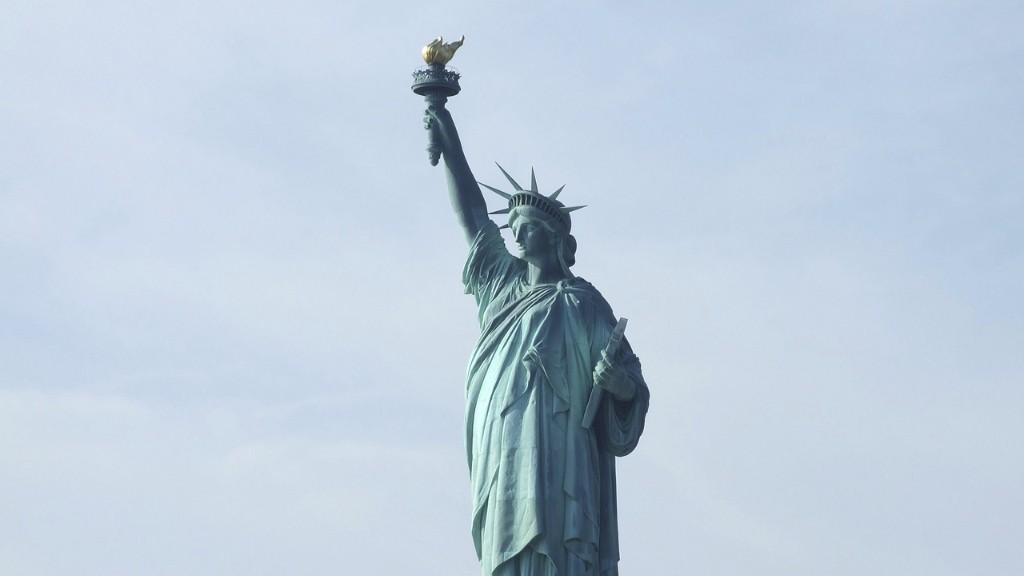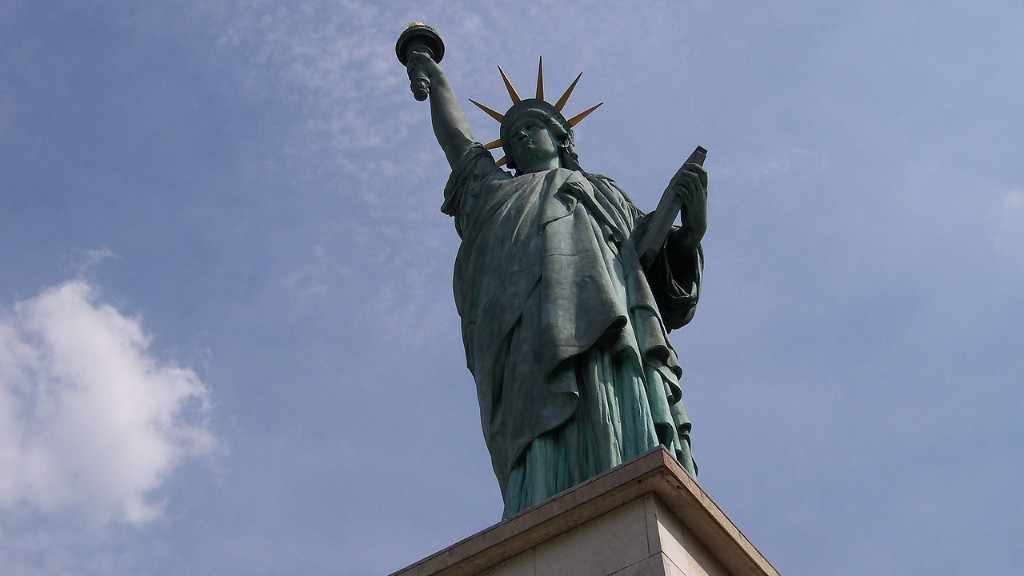Climbing Mount Kilimanjaro is a once-in-a-lifetime experience, but just how hard is it? There’s no one-size-fits-all answer to that question, as the difficulty of hiking Mount Kilimanjaro depends on several factors. The difficulty of the climb is influenced by a range of variables, from the length of the trek to the altitude and the route chosen. While it’s certainly no easy feat, the many routes to the summit offer a variety of experiences, with some more challenging than others.
Altitude
Kilimanjaro is one of the highest peaks in Africa, with the summit standing at 5895m above sea level. This altitude poses a challenge for most hikers, regardless of fitness level or experience. Some hikers find that the altitude can impact their breathing, sleeping, and even their appetite. That’s why it’s important for climbers to plan ahead and to be conscious of their health and safety when preparing for the hike.
Fitness
How difficult climbing Mount Kilimanjaro is also depends on the hiker’s fitness level. Obviously, the better conditioned a person is, the better they will fare on the trail. Some routes are more suited to experienced climbers, while others are suitable for novices. That being said, even the most experienced hikers can find the altitude and terrain grueling. That’s why it’s important to be well prepared, both mentally and physically.
Weather
The weather can also make a big difference. It’s essential that climbers check the forecast before they set off. In Tanzania, where Mount Kilimanjaro is located, the weather can change quickly and unexpectedly. It’s important to be aware of the risk of hypothermia, rock falls and lightning strikes. And, of course, a sudden change in the weather conditions can make the hike considerably harder.
Length and Terrain
Finally, the length and terrain of the route can have an impact on the difficulty of the climb. Some routes are longer and more difficult, while others are shorter. Hikers should choose a route that is within their ability level, with experienced guides able to offer advice on the best options. The type of terrain is also important, as some routes are more steep and challenging than others.
Safety
Climbing Mount Kilimanjaro is a serious undertaking, and safety should be paramount. It’s important for hikers to get a health check before the climb, and to pack appropriate equipment and clothing. The majority of climbers hire a guide to help them on their ascent, but even so – hikers should always be aware of the risks and take all the necessary precautions.
Preparation
How hard a hike up Mount Kilimanjaro is largely depends on how well prepared the hiker is. Clear and careful planning is key, and it pays off in the end. Hikers should do their homework beforehand, taking into account their fitness level, the altitude and the terrain before they set off. This will help to ensure that they have the best possible experience when they reach the summit.
Experience
The most important factor in determining how difficult it is to climb Mount Kilimanjaro is the hiker’s experience. Even experiences hikers may find the altitude and terrain challenging, but those with previous experience in the mountains will have an easier time of it. A little bit of knowledge can go a long way, so those who are new to hiking should prepare and plan carefully before setting off.
Gear and Supplies
It’s also important to make sure that hikers have the right gear and supplies for their journey. The weather conditions in and around Kilimanjaro can be unpredictable, so both layering and good waterproofs are essential. Comfortable and sturdy walking boots should be worn for the climb, and hikers would be wise to pack a first aid kit, torches, maps and plenty of food and water.
Acclimatisation
Acclimatization is essential if climbers want to maximize their chance of success. It takes time for the body to adjust to the altitude and the thinner air, so it’s important to take things slowly. Some of the shorter and faster routes offer no real opportunity for acclimatization, while others allow hikers to slowly adjust before attempting the summit.
Prioritise Health and Safety
Ultimately, the key to success when climbing Mount Kilimanjaro is good health and safety practices. There are no shortcuts on the mountain – but those who are well prepared and conscious of the risks can enjoy an unforgettable experience and the spectacular views from the summit. And with a little bit of patience and determination, even novices can make their dreams of climbing Mount Kilimanjaro a reality.

